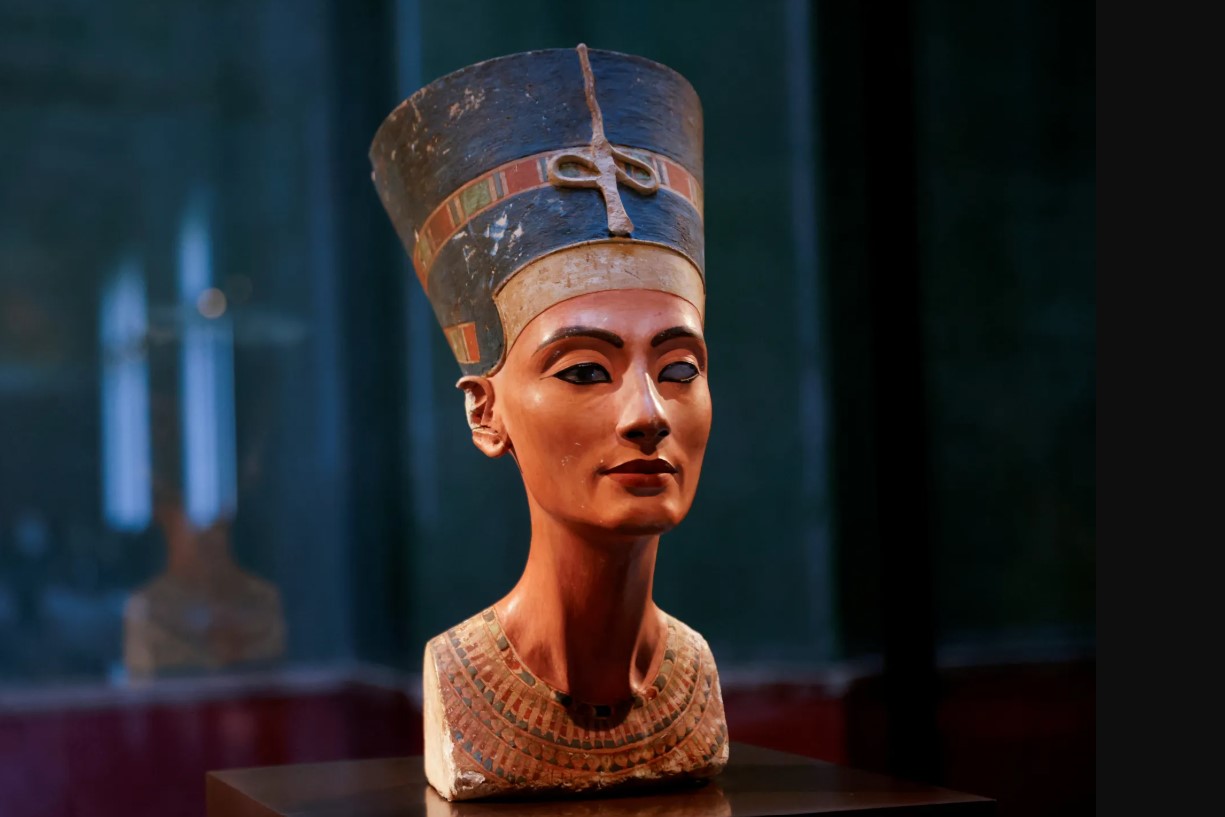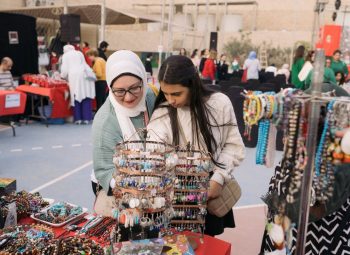The grand opening of the Grand Egyptian Museum has opened many people's eyes to the elephant in the room: Will all the Ancient Egyptian artefacts taken abroad be returned home where they belong? It's a question on everyone's mind, even non-Egyptians. Here are some of the amazing Egyptian artefacts currently abroad.
The Rosetta Stone
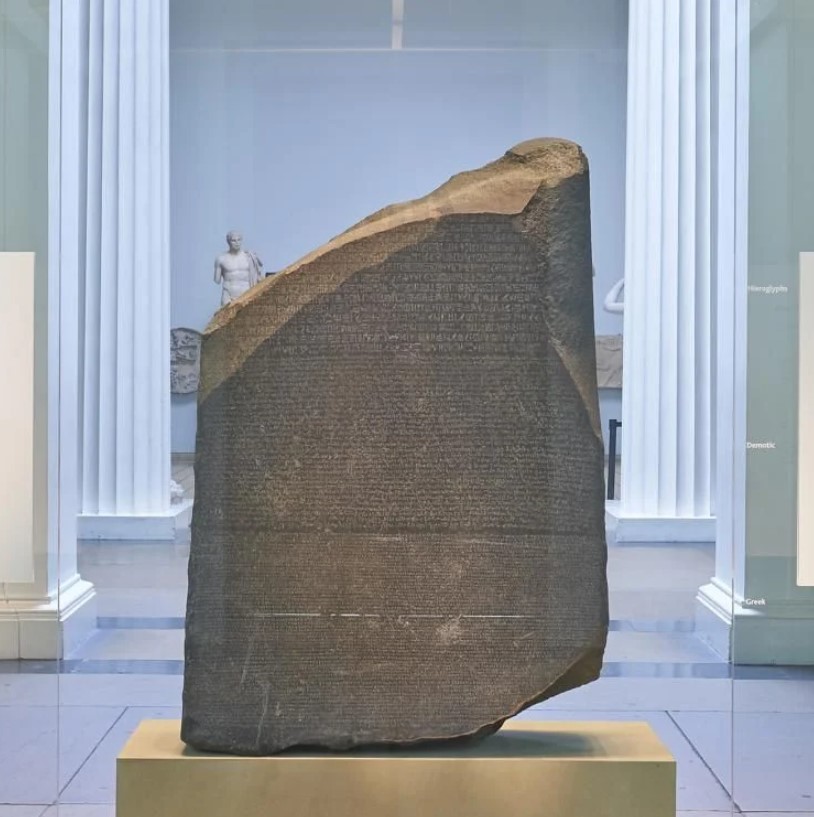
A dark-coloured granodiorite from the Egyptian city of Rosetta, El Rashid, was collected by a French soldier, Pierre François Xavier Bouchard, in 1799. It is inscribed with text in three languages: Demotic, hieroglyphic and Greek. It has played a significant role in the journey to decode Hieroglyphics and learn more about the language and writing of ancient Egyptians. It currently resides at the British Museum, but many people argue that it should be returned to Egypt.
The Bust of Nefertiti

Discovered in 1912, it is a colourful bust of Queen Nefertiti's head in all her glory. The bust is located in the Neues Museum of Berlin and has been there since 2009. It has attracted hundreds of thousands of visitors from all over the world and is the pride and joy of the museum, but wouldn't it be better if it were displayed in the country where it was created, where Nefertiti actually lived and ruled?
Cleopatra's Needles
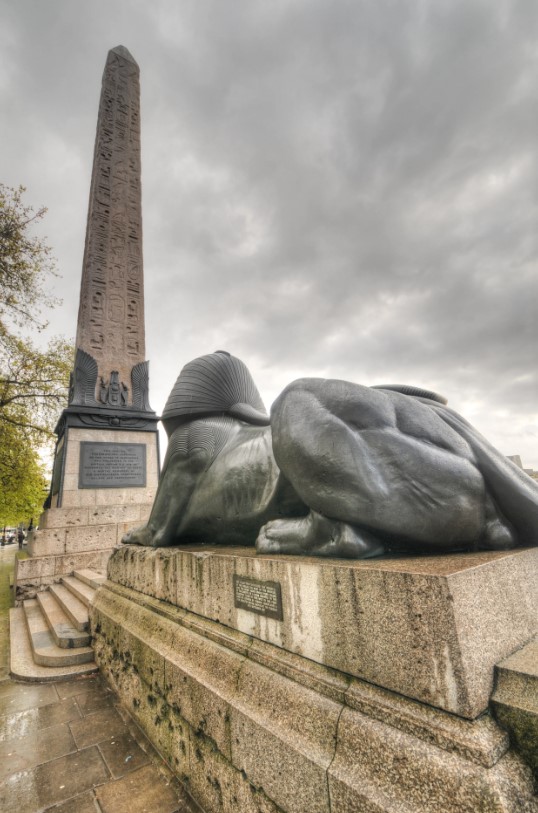
Two obelisks, created in 1425 BCE and commissioned by King Thutmose III for the Temple of the Sun in Heliopolis. They represented eternity and immortality to the ancient Egyptians. In 12 BCE, the Romans uncovered them after they had collapsed and become partly buried in the sand.
They later transported them to Alexandria, where they were positioned at the entrance to a temple dedicated to Julius Caesar, a sanctuary originally constructed under Cleopatra's reign. This association is thought to have inspired the enduring name "Cleopatra's Needles."
To reinforce the damaged structures, the Romans fashioned bronze crabs to serve as bases. In Roman symbolism, the crab is associated with Apollo, the god of the sun, further underscoring the obelisks' traditional association with solar worship. One is currently in New York, and the other is in London.
The Stone Head of an Egyptian Official
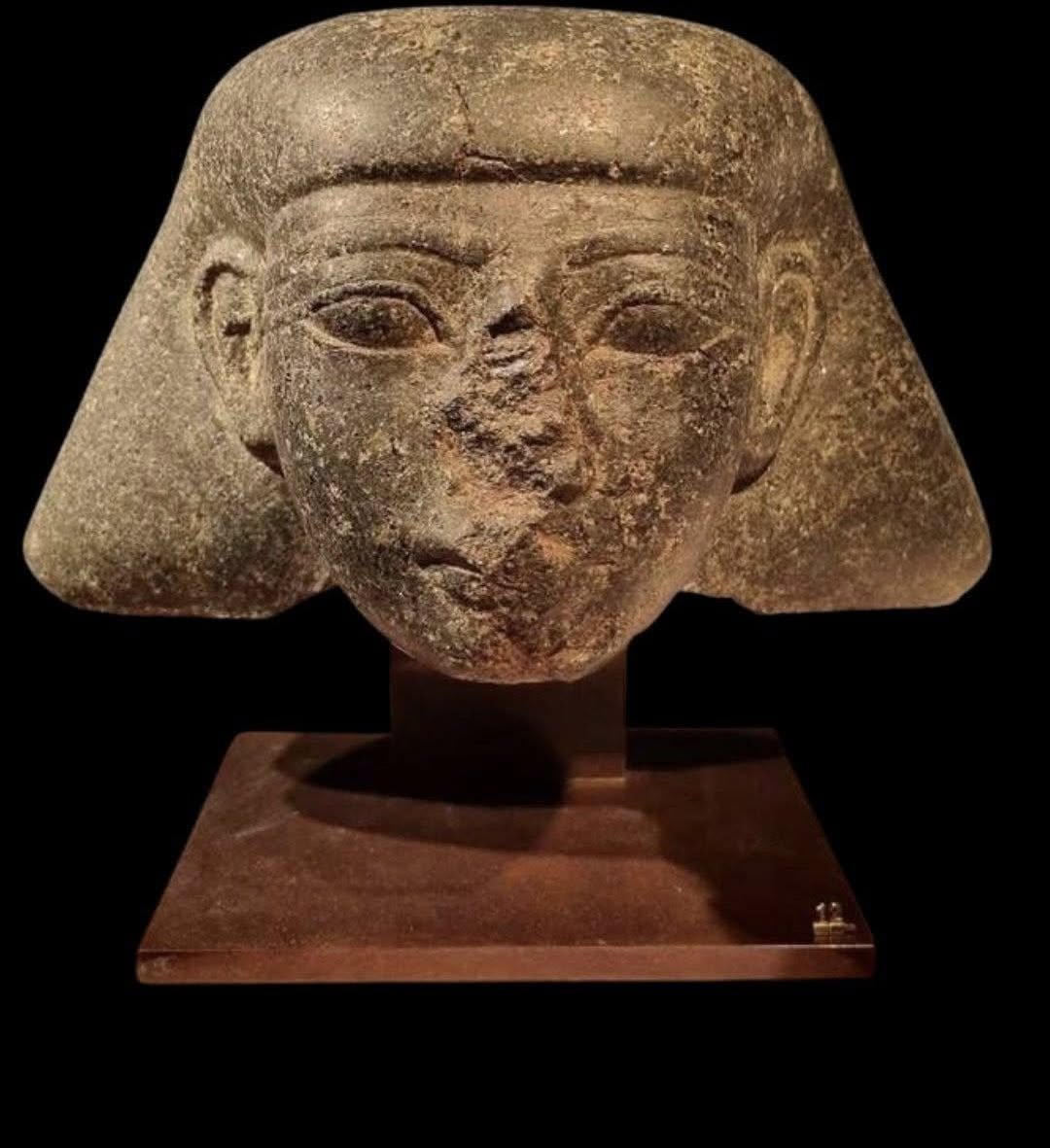
Though not much information is available on the construction of the statue or the identity of the Egyptian official it is of, it is currently located in the Netherlands.
Still, on the bright side, during the inauguration of the Grand Egyptian Museum in Giza this past weekend, outgoing Dutch Prime Minister Dick Schoof announced his commitment to returning the artefact to Egypt. The Dutch government said it will hand the statue to the Egyptian ambassador in the Netherlands by the end of the year.
Coffin of Nedjemankh
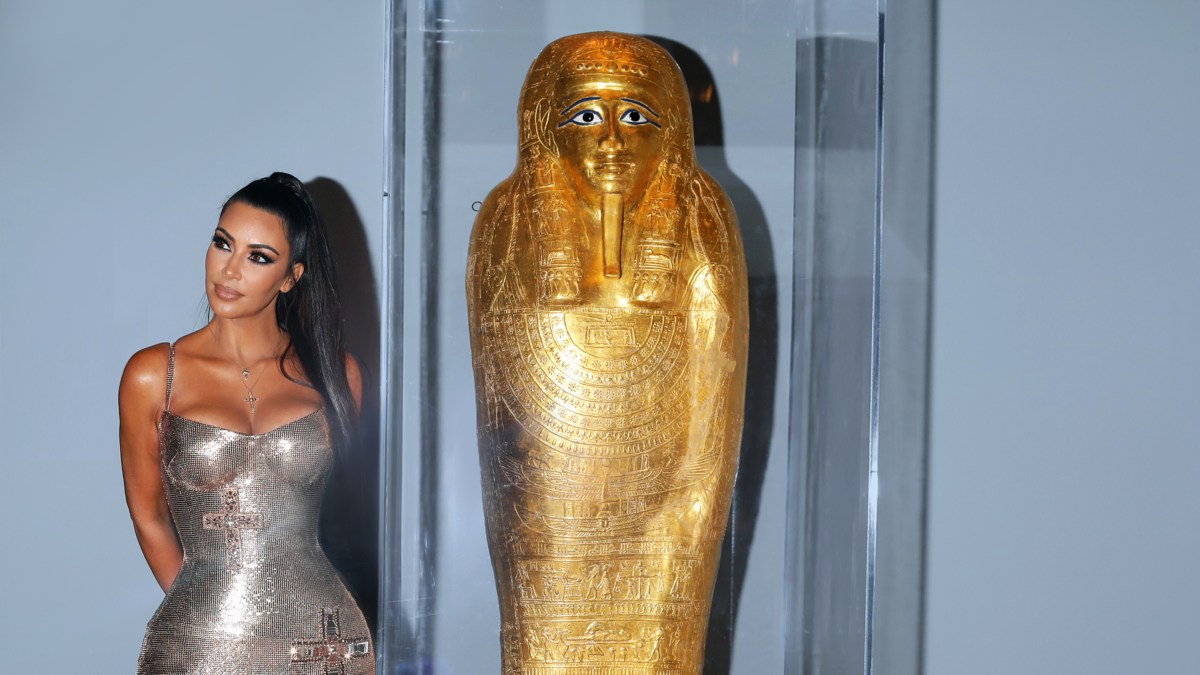
An ancient Egyptian coffin from the first century BC was displayed at the MET museum in New York for years, but, by sheer coincidence, reality TV star Kim Kardashian took a picture with it during the 2018 annual MET Gala, which brought attention to it and to its theft.
The piece was illicitly removed from Egypt's Minya region in 2011 and acquired by the Metropolitan Museum of Art in July 2017. It was subsequently showcased in the museum's Egyptian collection, among roughly 70 other antiquities.
In 2020, the coffin was returned to Egypt, where it rightfully belongs, with a formal apology from the MET CEO to Egyptians.
The Ongoing Debate on the Egyptian Artefacts Abroad
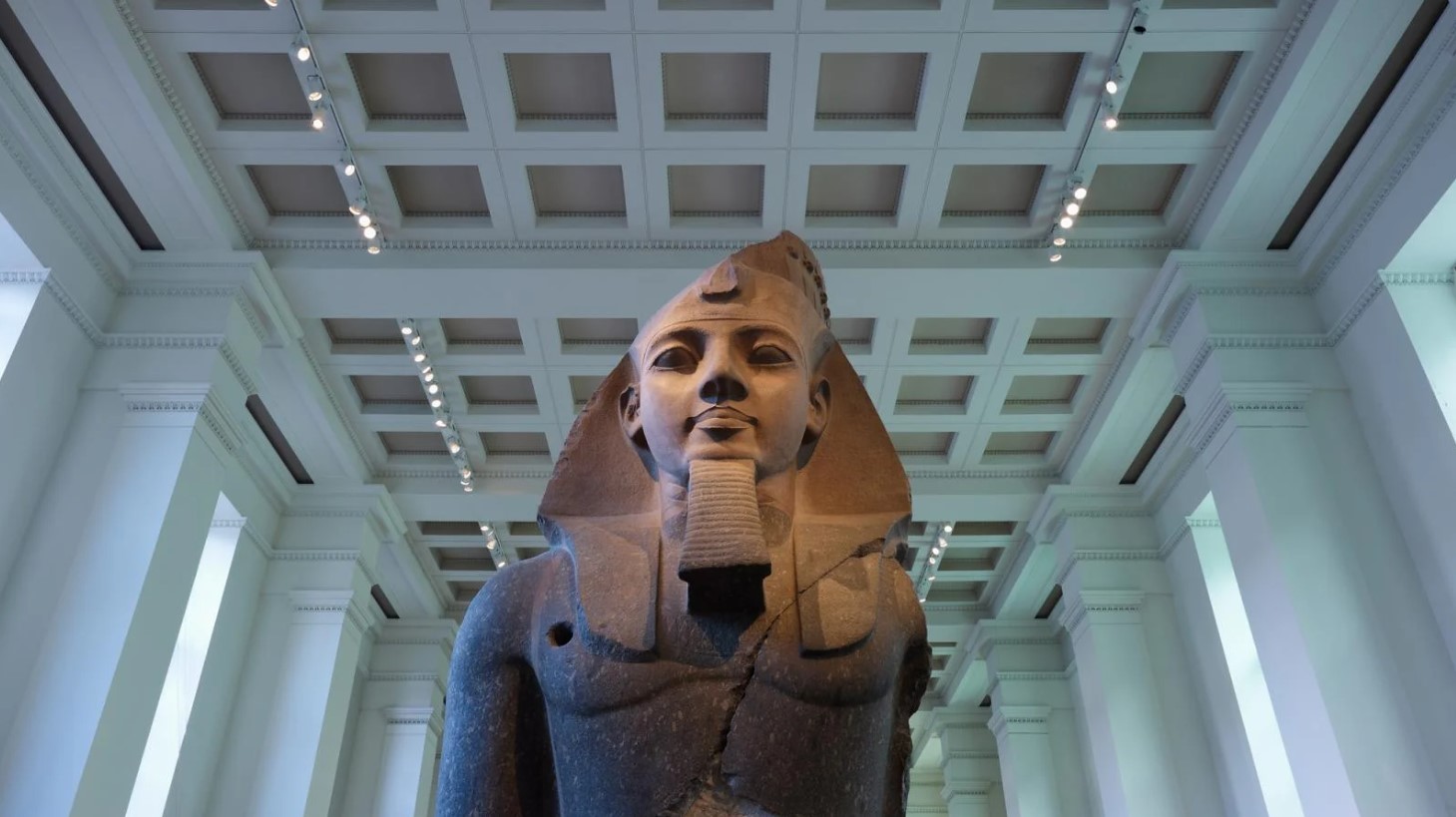
There has been a debate over the Egyptian artefacts abroad, on whether they should be brought back for display at the Grand Egyptian Museum.
Many people agree that the artefacts belong to the Egyptian people, as their ancestors created them, and that Egyptians should be the ones to benefit from them.
Others argue that having pieces of Egyptian history around the world showcases the influence and popularity of Egyptian civilisation and also raises interest in visiting Egypt.

